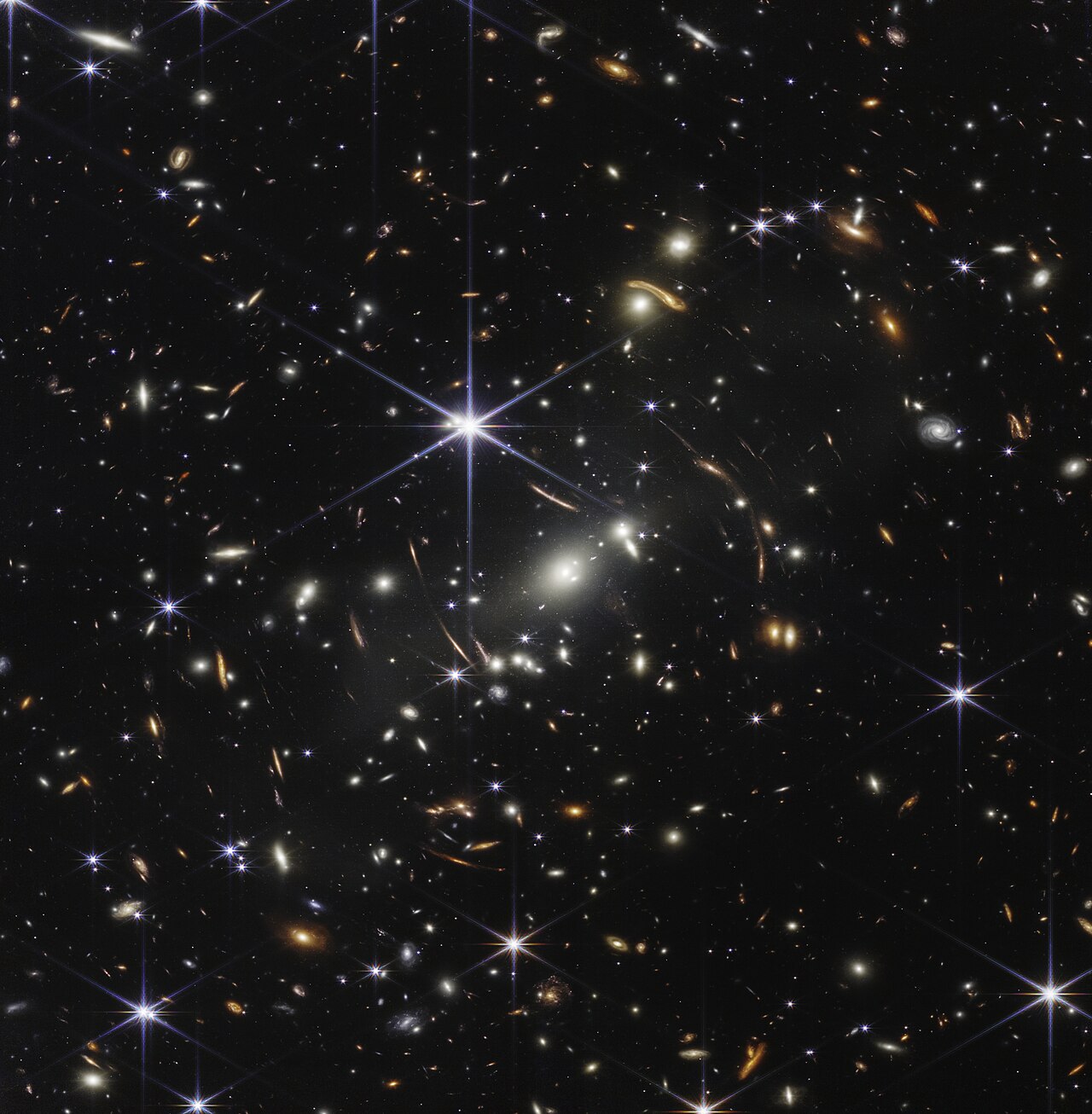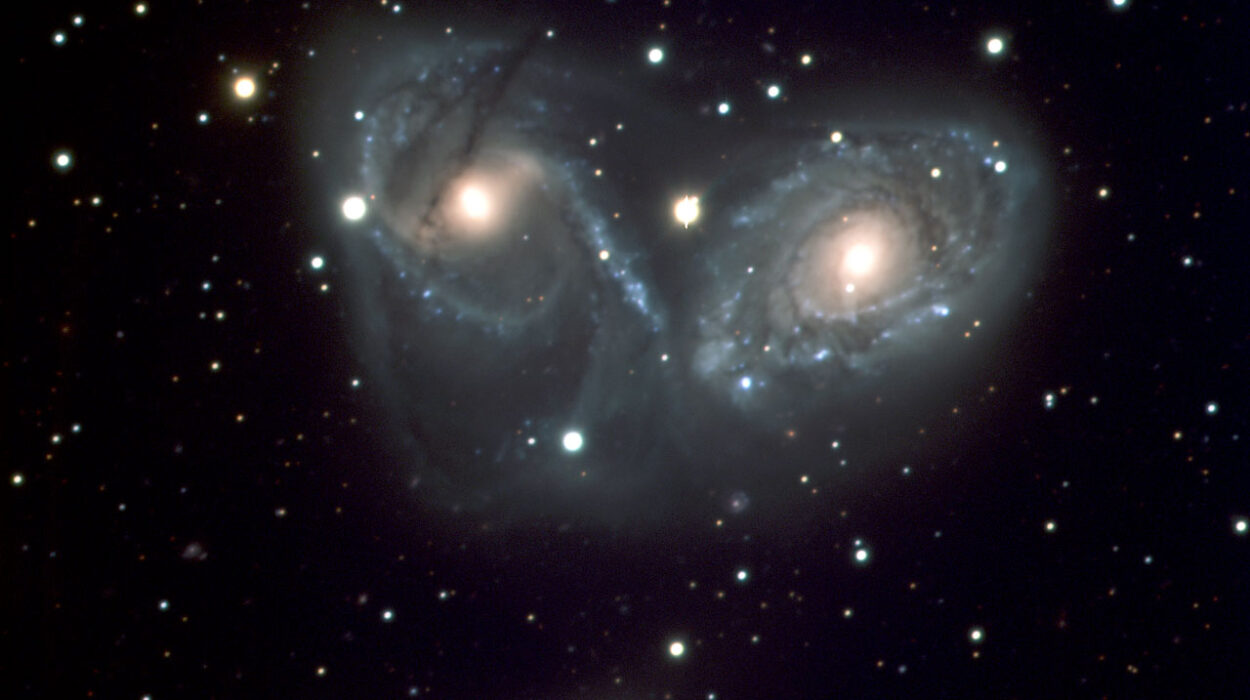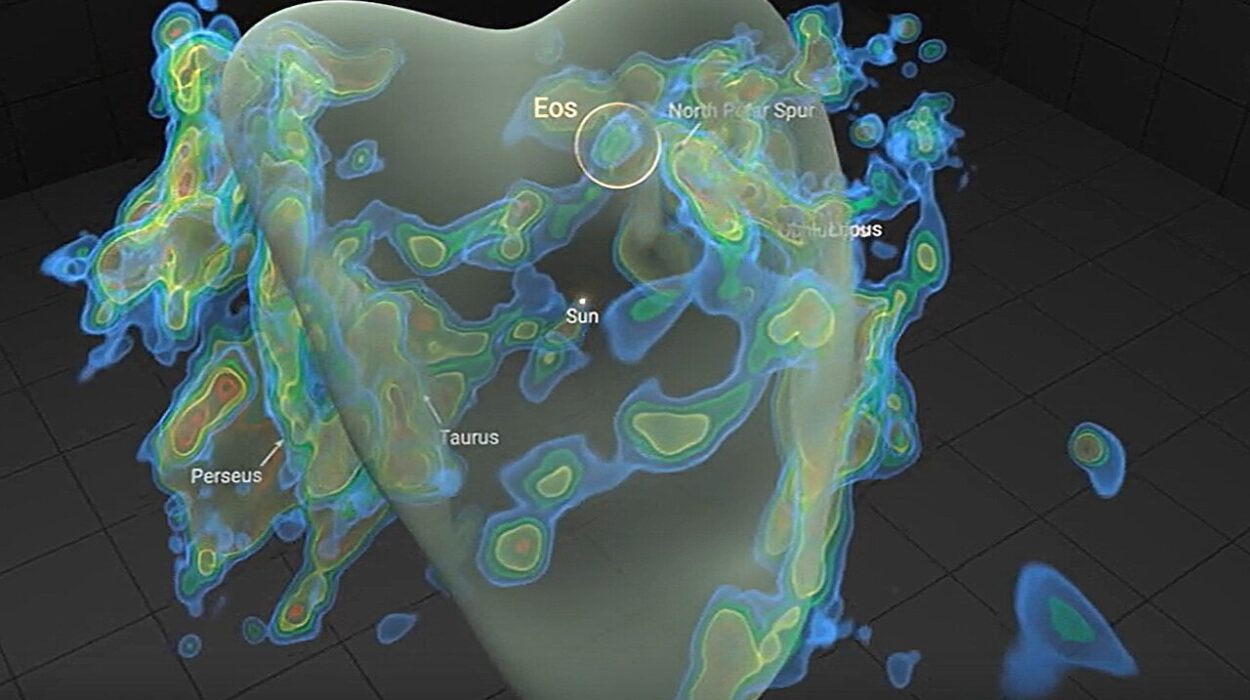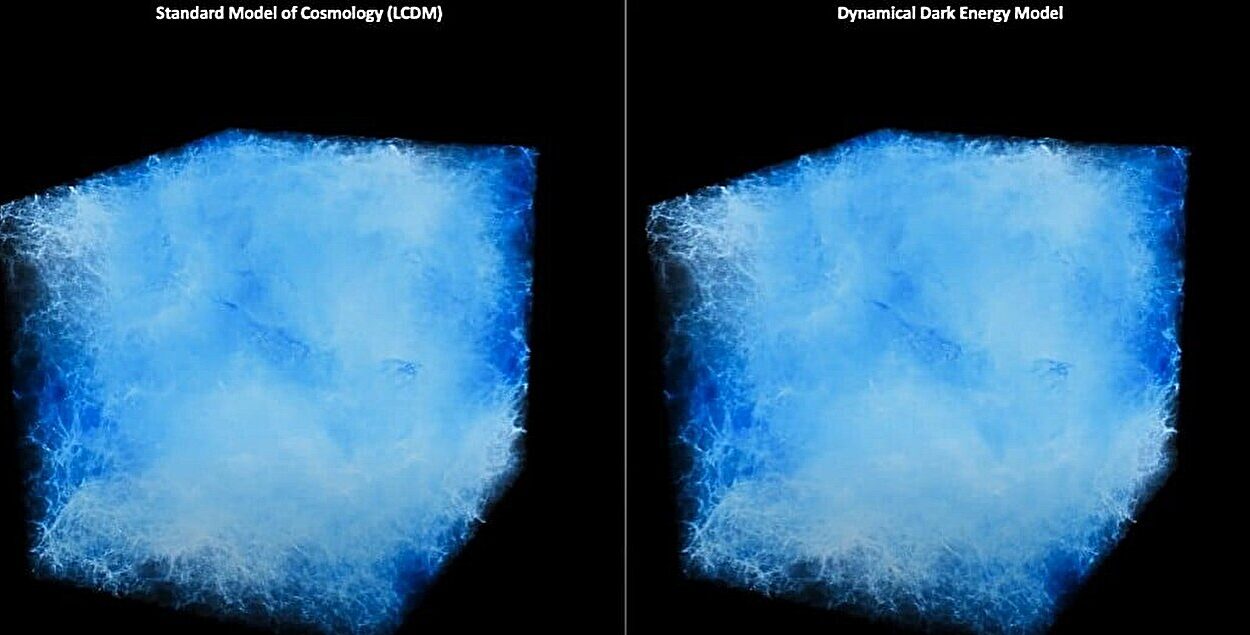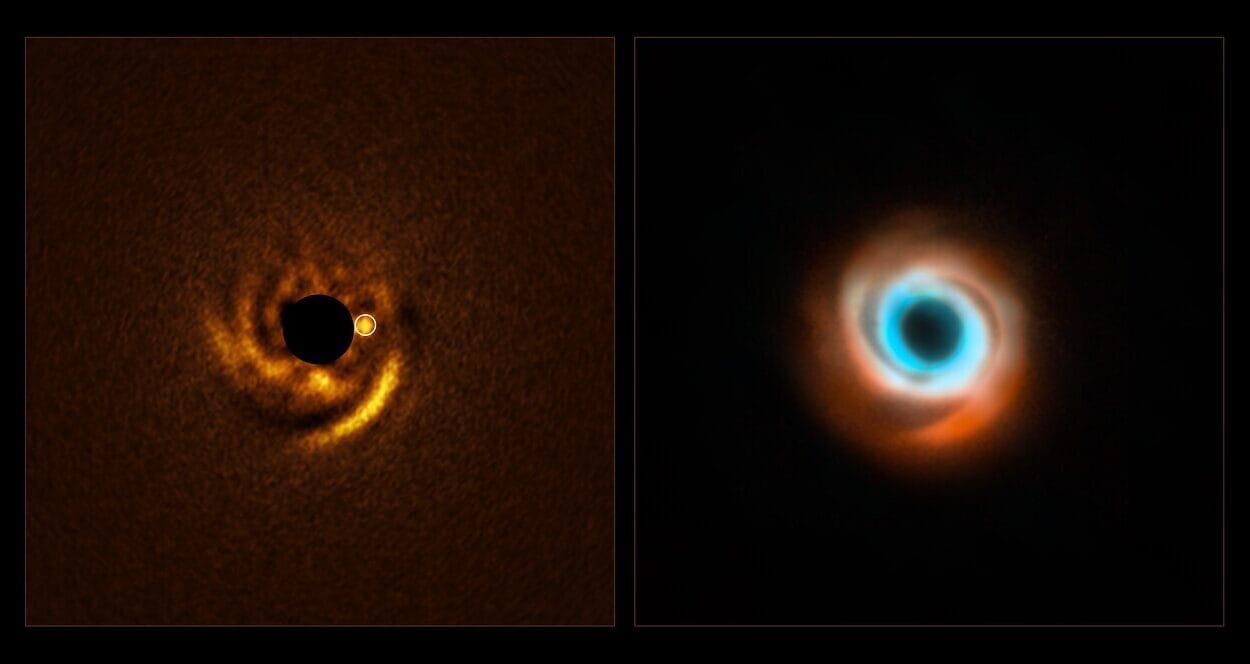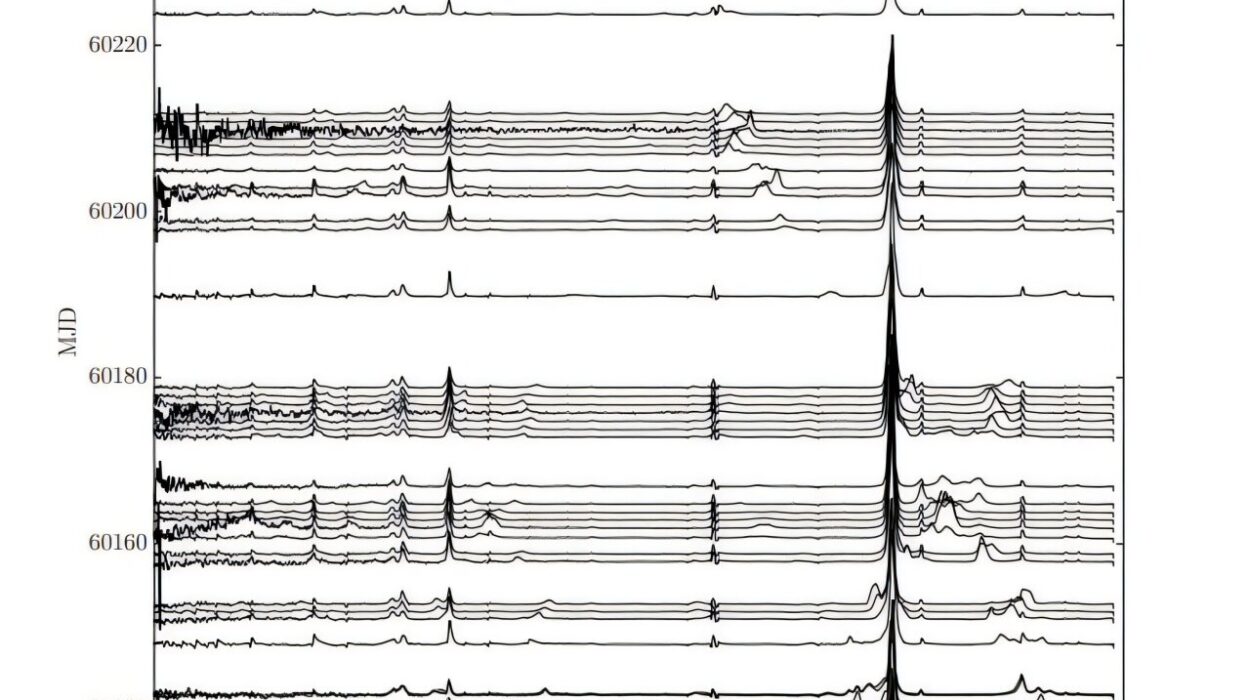For as long as humans have stared up into the vastness of space, we’ve imagined it as the ultimate silence. A place so distant and empty that even sound itself vanishes. Sci-fi films often reinforce this idea with silent space battles or lonely astronauts drifting in mute voids. There’s truth in this: space is a vacuum, and in the absence of air, the kind of sound we’re used to—vibrations traveling through a medium—can’t exist.
But that doesn’t mean space is entirely silent.
In fact, the cosmos is filled with invisible, strange, and sometimes awe-inspiring “sounds”—not in the way we experience them with our ears, but through electromagnetic waves, plasma vibrations, shockwaves, and the humming of particles and radiation. With the right instruments—and a little imagination—space becomes anything but quiet.
In this article, we’ll take a deep dive into the science, wonder, and weirdness behind the sounds of space. We’ll explore what space “sound” actually is, why it exists, how we detect it, and how it changes the way we understand our universe.
The Physics of Sound: Why We Think Space Is Silent
Before we unearth the symphony of space, it’s crucial to understand why we perceive it as silent in the first place.
On Earth, sound travels through air (or water, metal, or any medium) as mechanical vibrations. Your voice, for instance, pushes air molecules, which bump into each other in a wave that eventually reaches someone else’s ears. Without a medium—no sound.
And space, famously, is a vacuum. Between stars, planets, and galaxies, the density of particles is so low that there are too few atoms to transfer mechanical sound waves. In deep space, you could scream as loud as you want and nobody would hear a thing—not even you.
So, yes, by conventional standards, space is silent. But that silence is only skin deep.
Not All Vibrations Are Equal: Sound Beyond Hearing
While mechanical sound needs air or liquid or solid to propagate, other kinds of vibrations don’t. Electromagnetic waves—such as light, radio waves, gamma rays, and X-rays—can travel through a vacuum.
Even more importantly, plasma, the fourth state of matter (besides solid, liquid, and gas), dominates space. Stars, solar winds, cosmic radiation, and even the thin gases of nebulae are all made of plasma. And plasma can carry oscillations, waves, and turbulence.
These plasma waves don’t produce “sound” in the usual sense. But when we convert their frequencies into the range of human hearing, they become audible—and often eerie. The result is an acoustic cosmos, a place where planets moan, stars throb, black holes sing, and solar winds whisper.
NASA, ESA, and other space agencies have captured these vibrations, transforming them into audio recordings. So when scientists say we’ve “heard” Jupiter’s magnetic field or the echoes of a black hole, they mean we’ve recorded plasma wave frequencies or electromagnetic emissions and translated them into something we can hear.
In other words, we’re not imagining the sounds of space—we’re discovering them.
The Tools That Let Us Listen to the Cosmos
Since sound waves can’t travel in a vacuum, traditional microphones are useless in space. Instead, scientists use a different set of tools:
- Radio Telescopes: These detect radio waves emitted by distant cosmic objects. By interpreting these signals, we can “listen” to planets, stars, galaxies, and more.
- Plasma Wave Instruments: Devices like those onboard the Voyager spacecraft or NASA’s Parker Solar Probe measure plasma waves and magnetic field variations, often converting them into audio signals.
- Gravitational Wave Detectors: Facilities like LIGO detect the ripples in spacetime caused by massive cosmic collisions. These waves are translated into audio frequencies, producing some of the deepest “booms” we can “hear” from the universe.
- X-ray and Gamma-ray Observatories: Though not converted into sound directly, these detect high-energy events like supernovae or black hole accretion, which can then be visualized or sonified for human comprehension.
With these tools, we’ve begun mapping a vast cosmic orchestra—one made not of violins and drums, but of gravity, plasma, and time itself.
Earth’s Orchestra: The Planet That Hums
Even here on Earth, the atmosphere and magnetosphere resonate with unusual sounds—especially when viewed from space.
The Van Allen radiation belts, rings of charged particles trapped by Earth’s magnetic field, constantly interact with solar winds. When these winds hit the magnetic field, they generate chorus waves—plasma oscillations that can be heard as high-pitched chirps and whistles.
Astronauts aboard the ISS and earlier missions have reported hearing clicking or knocking sounds, often caused by micrometeoroid impacts or thermal expansion of spacecraft materials. Even though those aren’t “cosmic” in origin, they remind us that “sound” in space—mechanical or otherwise—has a presence.
NASA has recorded the “chorus” around Earth and shared it with the public. These sounds are haunting, like whales singing in the void. Some call them “Earth’s song,” and indeed, our planet never really stops humming.
The Songs of Planets: Listening to Jupiter, Saturn, and Beyond
Other planets in our solar system sing their own songs—if you have the right ears to hear them.
Jupiter: A Roaring Giant
Jupiter has one of the most powerful magnetic fields in the solar system, and it’s constantly interacting with the solar wind. The result? A roaring, hissing, fluctuating symphony of plasma waves.
Voyager, Galileo, and Juno have all recorded intense radio emissions and plasma vibrations around Jupiter. Some of these sounds resemble shortwave radio static; others pulse like the growl of some ancient engine.
One of the most spectacular sound recordings comes from Io, one of Jupiter’s moons, whose volcanic activity spews charged particles into Jupiter’s magnetosphere. These particles spiral along magnetic field lines, generating radio emissions that sound like high-pitched squeals and rhythmic chirping.
Saturn: Ghostly Harmonics
Saturn, too, sings—though in a more haunting tone. Its magnetic field interactions, ring particles, and even lightning storms emit strange, otherworldly sounds. Cassini recorded these during its years orbiting Saturn, capturing crackling, hissing, and low, ambient moans.
Saturn’s auroras, like Earth’s, generate radio waves that can be turned into music—eerie, twinkling sounds that would make perfect background noise for a sci-fi horror movie.
Even more bizarrely, Saturn’s rings “hum.” Their motion through the magnetosphere causes plasma waves that ripple through the field. These waves create faint, shimmering tones that are among the quietest and most subtle space “sounds” we’ve heard.
The Moaning of Black Holes and the Rhythms of Neutron Stars
It might seem impossible to “hear” anything from a black hole—after all, they swallow light and matter alike. But in 2022, NASA released a haunting audio recording of a black hole in the Perseus Galaxy Cluster, over 240 million light-years away.
The sound was generated from actual pressure waves rippling through the hot plasma surrounding the black hole. Though those waves exist far below the range of human hearing, scientists amplified and converted them into audible sound. The result? A deep, guttural drone that pulses like a colossal heart.
Neutron stars, especially pulsars, also produce highly regular bursts of electromagnetic radiation. These can be converted into rhythmic beeps, resembling ticking clocks or Morse code. Some pulsars spin hundreds of times per second, emitting pulses with metronomic precision.
In a very real sense, these stellar remnants are ticking cosmic clocks—and their “ticking” can be heard across the galaxy.
The Sound of Collisions: Gravitational Waves and Merging Stars
The birth of a black hole. The crash of two neutron stars. The spiral death of binary systems. These events send gravitational waves rippling across spacetime.
When the Laser Interferometer Gravitational-Wave Observatory (LIGO) first detected gravitational waves in 2015, scientists converted the waveform into audio: a chirp that rises in pitch and suddenly drops—the echo of two massive black holes colliding a billion years ago.
More detections followed. Each event has its own signature, depending on mass, spin, and distance. These “sounds” are not vibrations of air, but distortions in spacetime itself—vibrations that pass through everything, even you, if faintly.
If we could truly “hear” gravitational waves with our ears, the universe would hum with these collisions every day.
Nebulae and Stellar Nurseries: The Quiet Labor of Creation
Some of the most beautiful images in space are of nebulae—clouds of gas and dust forming stars. Though not audible in traditional ways, the turbulence, particle collisions, and magnetic fields inside these stellar nurseries can be modeled to produce “soundscapes.”
Astronomers at NASA have taken images from Hubble and other telescopes and used a process called data sonification—mapping brightness or chemical composition to sound frequency. The results are stunning.
You can “hear” a nebula light up as starlight ionizes gas. You can “listen” to the formation of stars, each sound corresponding to heat, radiation, and motion.
It’s not music in the usual sense—but it’s music born of physics, chemistry, and cosmic evolution.
The Universe as a Symphony: Sonification and Cosmic Art
Artists and scientists alike have begun collaborating to turn astronomical data into music. From supernova explosions to comet paths to cosmic microwave background radiation—the echoes of the Big Bang—almost every aspect of the universe has been sonified.
Why?
Because sound helps us grasp abstract data. It can reveal patterns we might miss visually. It makes the cosmos emotionally resonant.
The Chandra X-ray Observatory, the James Webb Space Telescope, and many other missions now include public sonification projects. These not only help in scientific analysis—they let us feel the universe.
So… Is Space Silent?
The answer is both yes and no.
Yes, in the sense that mechanical sound cannot travel through the vacuum of space. You wouldn’t hear a spaceship fly by, an asteroid crashing, or a laser gun firing (not that lasers make noise anyway).
But no, because space is full of vibrations—electromagnetic, plasma, gravitational—that we can measure, analyze, and translate into sound. The universe is constantly producing signals, rhythms, pulses, and patterns.
It is not silent. It is alive with energy.
And with our expanding toolkit, we are learning to listen—not with ears, but with instruments and imagination.
The Sound of the Future: Listening to the Stars
As our technology improves, our ears to the universe grow more sensitive. Soon, we’ll listen not just to planets and stars, but to alien atmospheres, exoplanet winds, and the songs of other galaxies.
We may discover signals not made by nature, but by intelligence. A true message in the noise.
Until then, the universe plays on—silent to the untrained ear, but bursting with sound for those who choose to listen.
The silence of space is a myth. The cosmos is singing. We’re just now tuning in.
